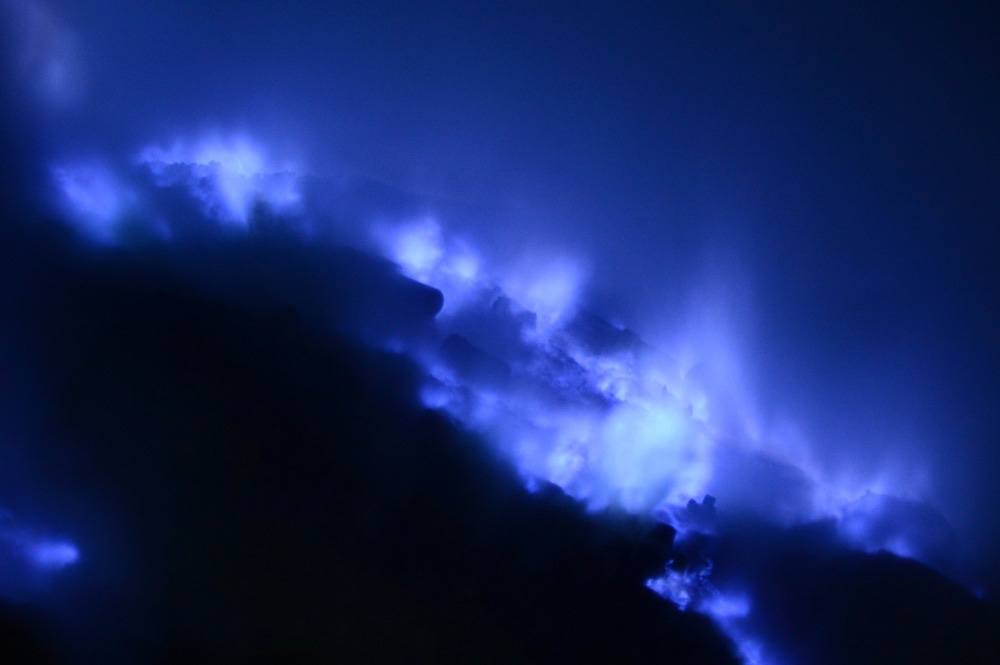
Like the vast majority of Internet users around the world, I recently happened upon a viral photo set that showcases an Indonesian volcano whose flames glow blue in the middle of the night. Unlike the majority of Internet users, however, I was just days away from a trip to Indonesia.
And so last weekend, after having landed in Jakarta, chased orangutans in Borneo and explored the historical city of Yogyakarta, I caught a train to eastern Java island and hiked down into Kawah Ijen, where blue fire was but the beginning of my shock – and delight.
Blue Sunday
Kawah Ijen became a non-negotiable part of my Indonesia trip the moment I learned of its existence – largely, I’m not ashamed to admit, because my favorite color is blue. It is for this reason that I kept my commitment to visit Indonesia’s blue-fire volcano, even though one of its neighbors erupted just two days earlier, dousing Yogyakarta in ash just hours before I planned to buy my train ticket.
Which says nothing of the risks I took upon reaching Ijen’s summit, some three kilometers above the coastal city of Banyuwangi. Along with a local guide who goes by the name of Sam, I ascended quite literally in the middle of the night, with only moonlight and Sam’s dim torch to guide my way.
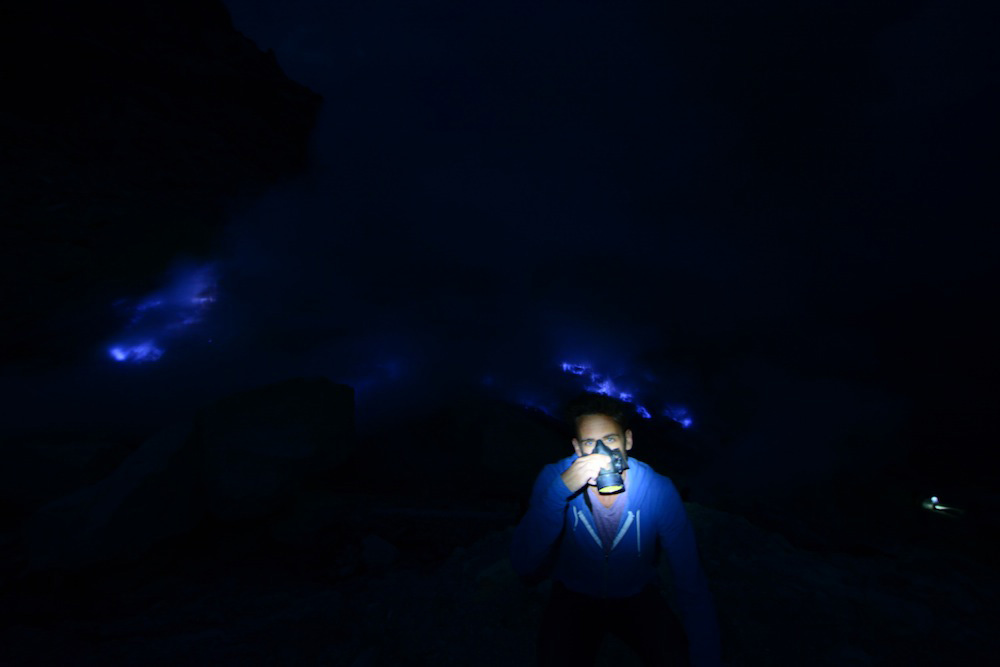
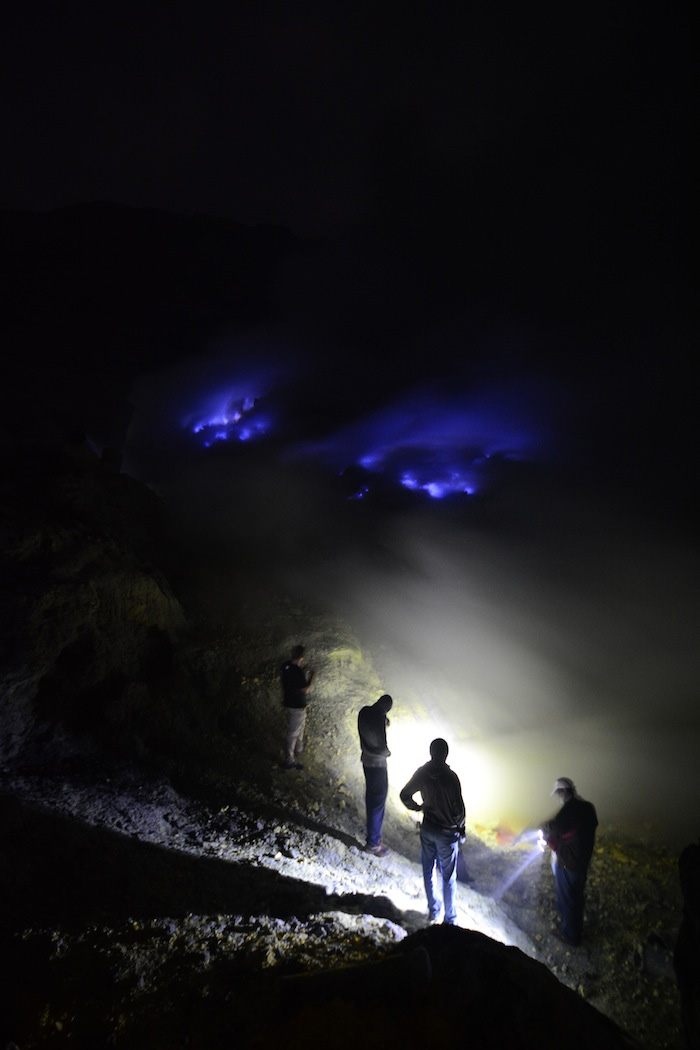
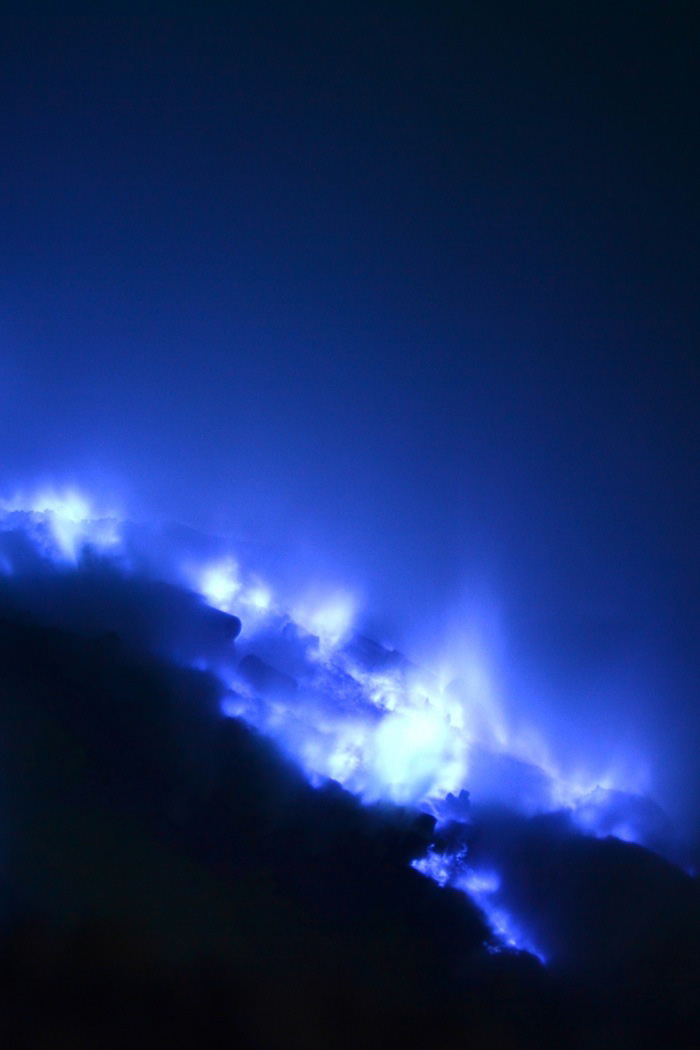
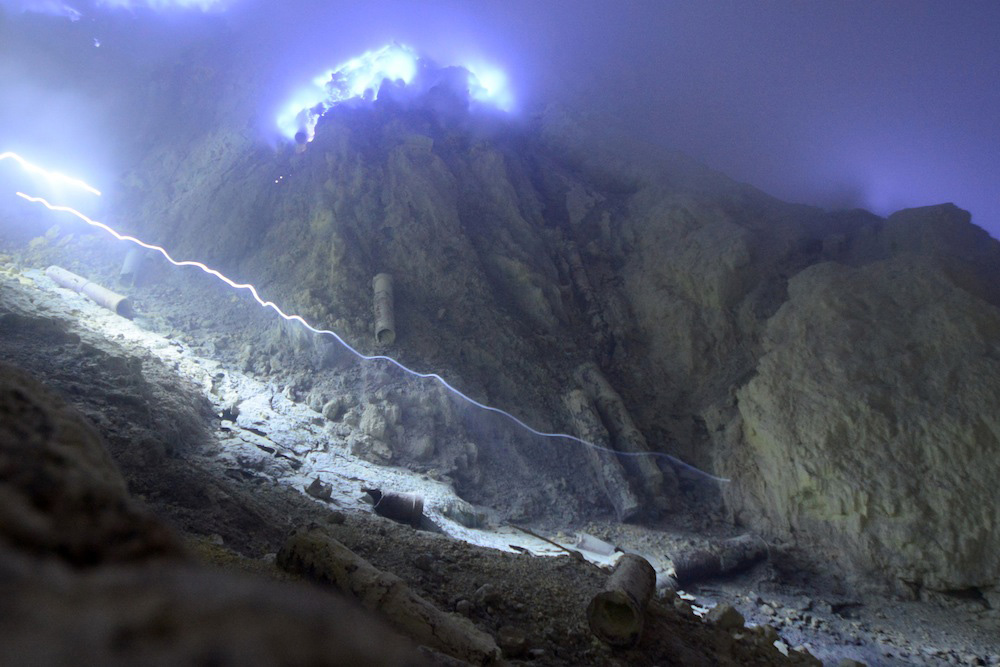
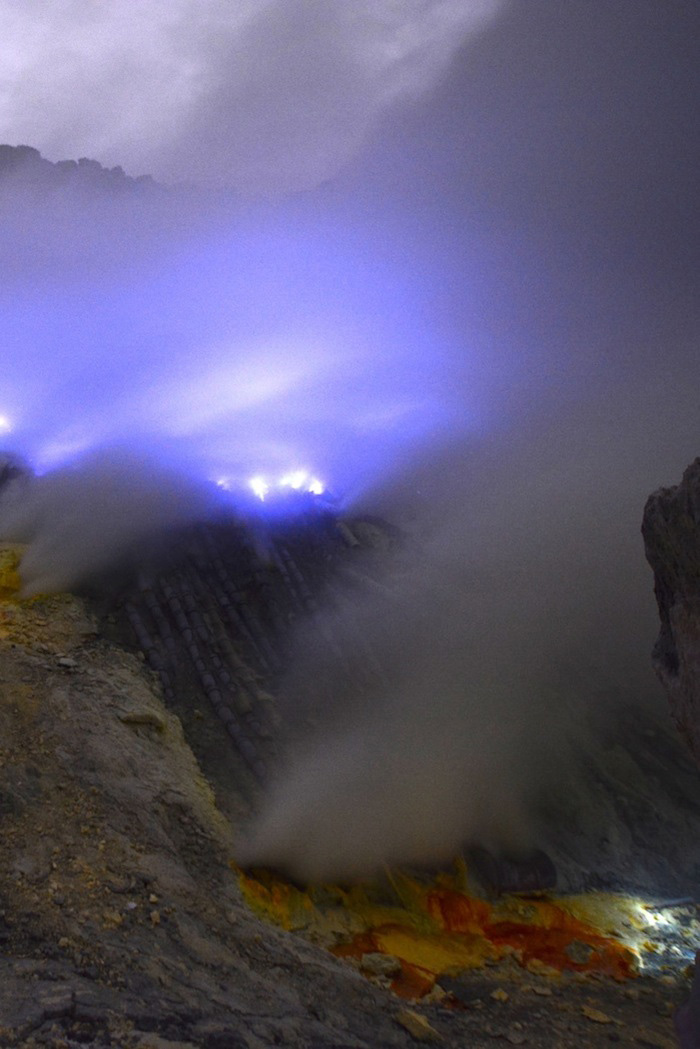
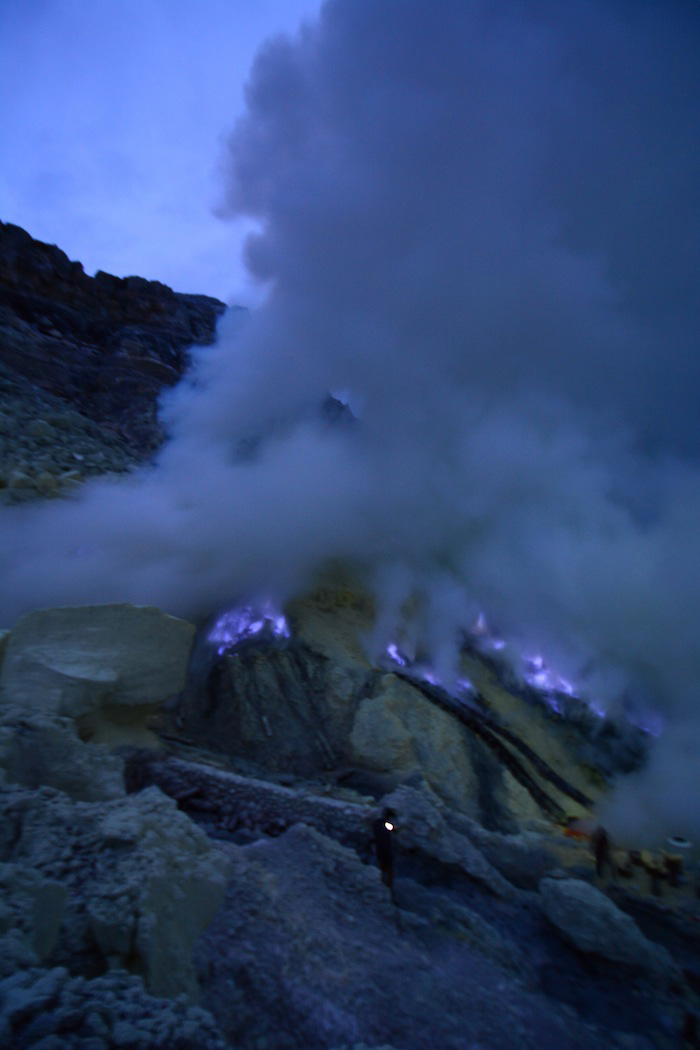

Almost immediately upon descending into the crater, noxious sulfur fumes began blowing upward, forcing Sam and I to don gas masks as we tiptoed just inches from death (or, at best, crippling injury) in our quest for blue flames. So great was our enthusiasm upon finally reaching them (Sam, you see, is just as passionate a photographer as I am) that we stood mere inches from a molten substance that could blind, burn and/or kill us for several minutes just for a chance to get the perfect shot.
The sulfur miners, whom Sam told me had been at work for three hours already by the time we arrived, seemed less than thrilled with our shenanigans.
A Smelly Place
My favorite book during college was A Small Place, a work by Jamaica Kincaid that is actually, by some reviewers’ accounts, a novella-length rant, the subject of which is the impact of colonialism (and, by association, tourism) on Kincaid’s native Antigua. One particular quote from the book has always stuck with me, especially since I became location independent: “A tourist is an ugly human being […] visiting heaps of death and ruin and feeling alive and inspired at the sight of it.”
It rang particularly relevant as I photographed the blue flames of Kawah Ijen, and not just because the mound of sulfur I was marveling at could easily have become a heap of my own death and ruin. It was also not just because of how annoyed the sulfur miners seemed, although that is certainly the beginning of it.
You see, although I photographed a few of the miners (for the sole purpose of highlighting their plight in this article, to be fair), I couldn’t help but notice the extent to which other tourists seemed to be taking delight in their dangerous working conditions.
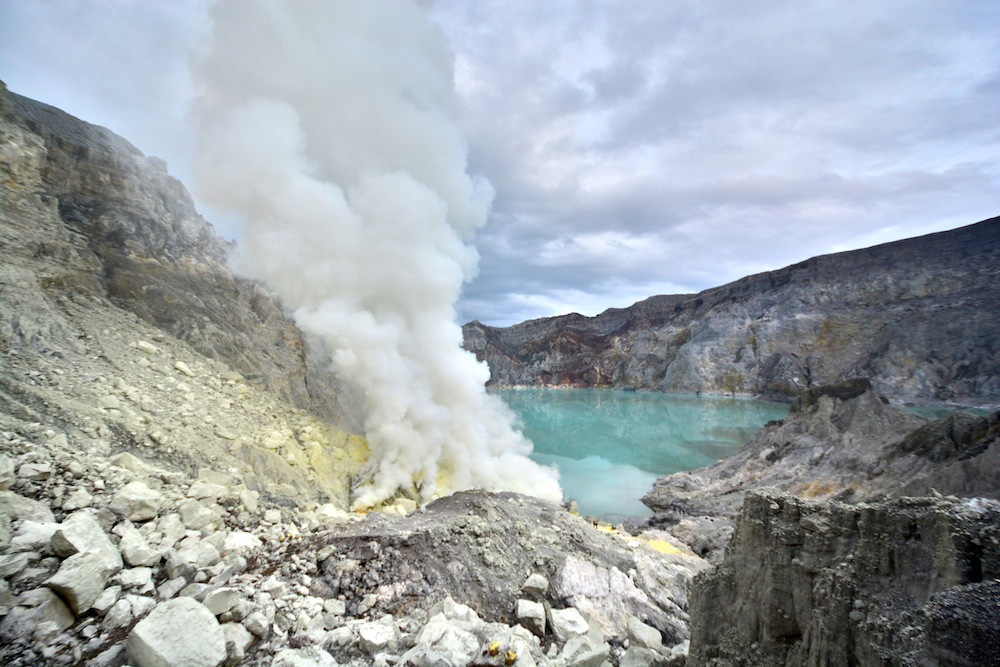
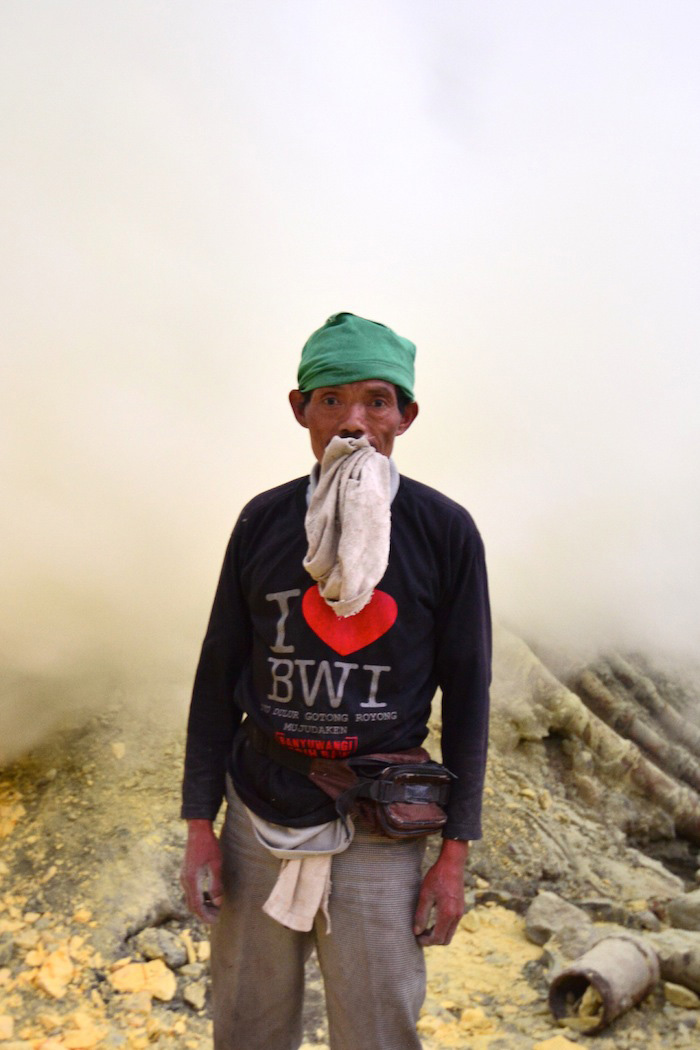
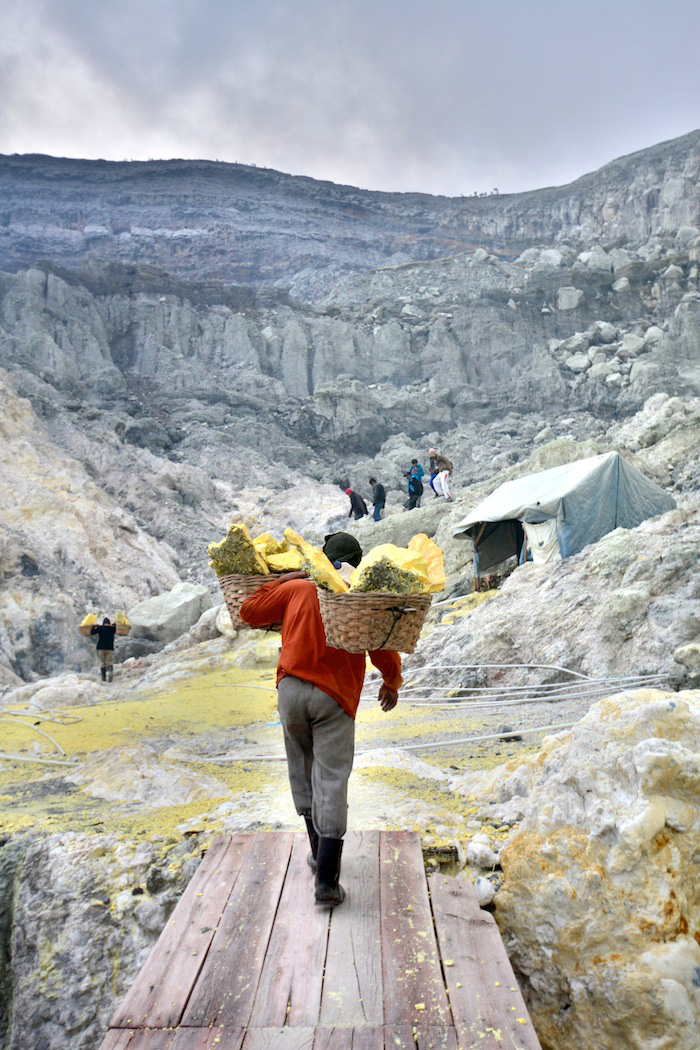
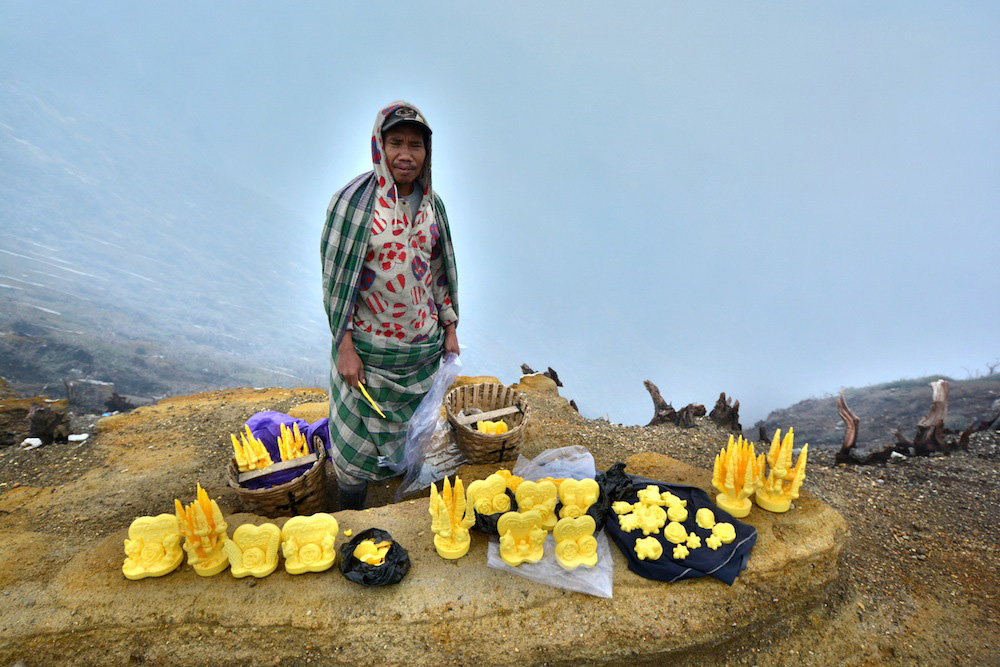
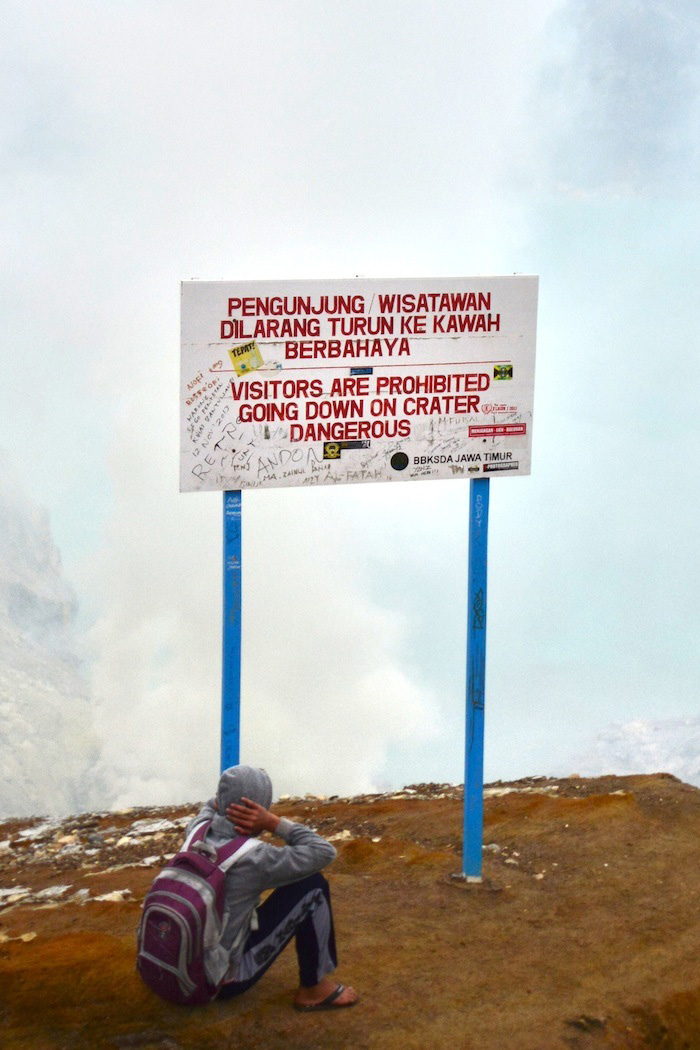
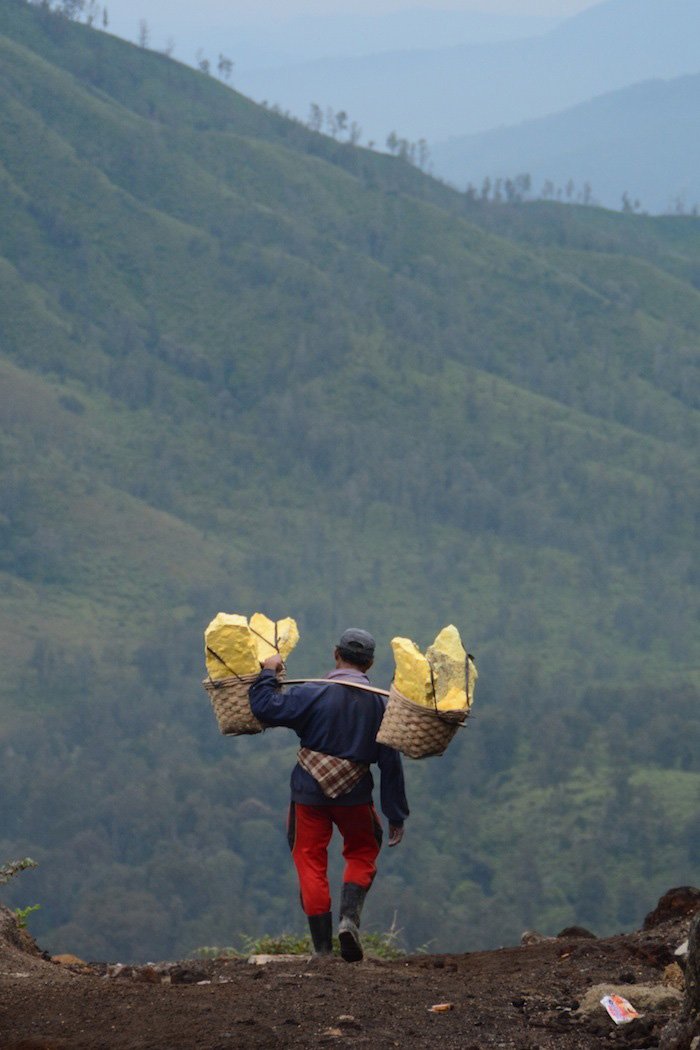
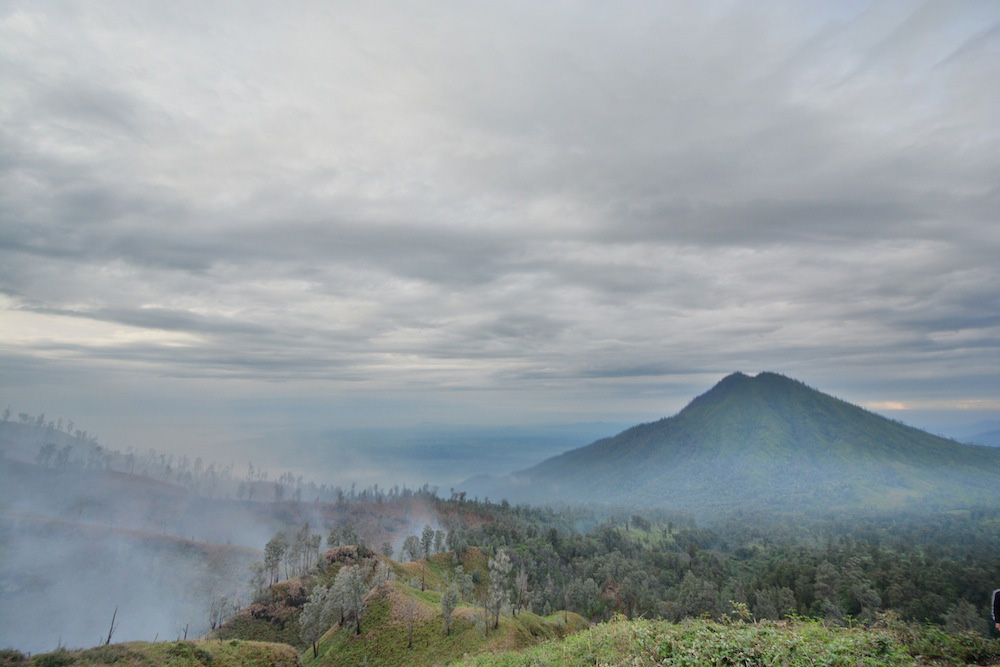
Each grief-arazzo would offer a particular miner cash or cigarettes in exchange for humorous poses. Or, if he was extremely lucky, the chance to try and balance a heavy load of putrid sulfur on his own shoulder for just long enough to have his picture snapped.
When I say “heavy,” I mean it. According to Sam, whose father worked in the mines for nearly two decades, each basket (there are two) weighs a minimum of 40 kg, which must be hand-carried up three kilometers and then down another three kilometers, impossibly treacherous treks even for tourists – I fell three times heading back down, and I never, ever fall while hiking.
And the kicker is that they only make 800 Indonesian rupiah per kilogram, which translates to approximately $5.41 for no less than three hours of life-threatening work. I’m not sure how much profit their labor nets the Chinese-owned factory that processes the sulfur into cosmetics, insecticides and other highly-lucrative products, but I do know that none of the park entrance fees have thus far gone to make worker conditions any safer.
Village of the Water Palace
As uneasy as I felt upon reaching the base of Kawah Ijen, my visit to Indonesia’s blue-fire volcano would soon come full-circle. “After you rest up a bit,” Sam explained to me, having dropped me off at a cozy local guest house, “I’m going to introduce you to my family and the rest of the community.”
I would soon learn the name of this community to be Taman Sari, or “water palace,” a title it shares with a former royal residence in Yogyakarta. The experience I had getting to know the men, women and children of Sam’s hometown made me feel royal, alright, but not in the same way the Sultan of Yogakarta’s 100 virgins did to him.
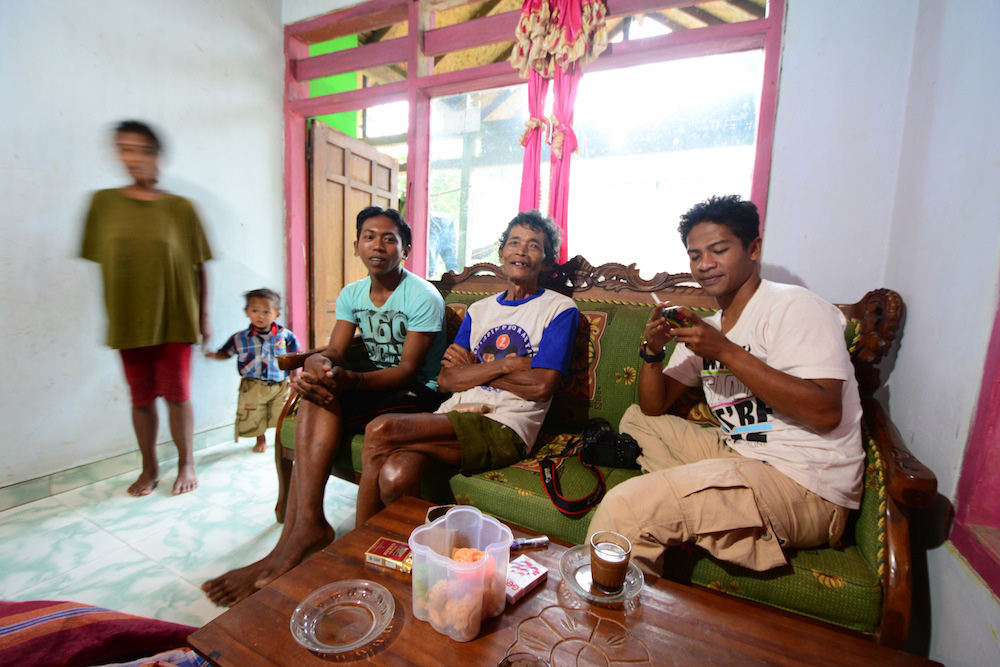
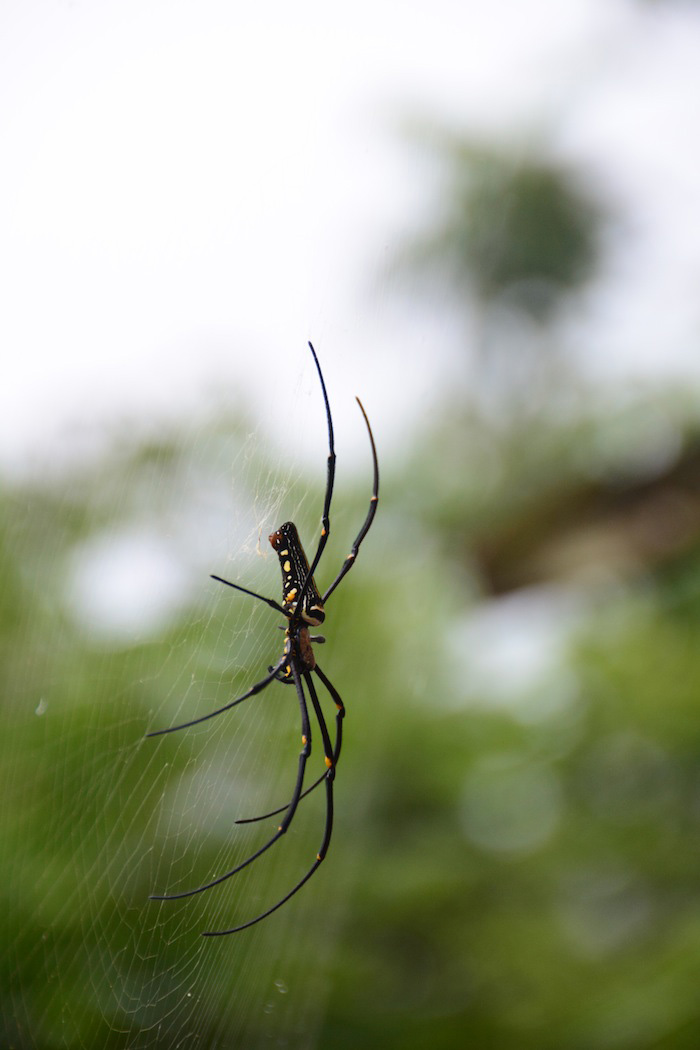
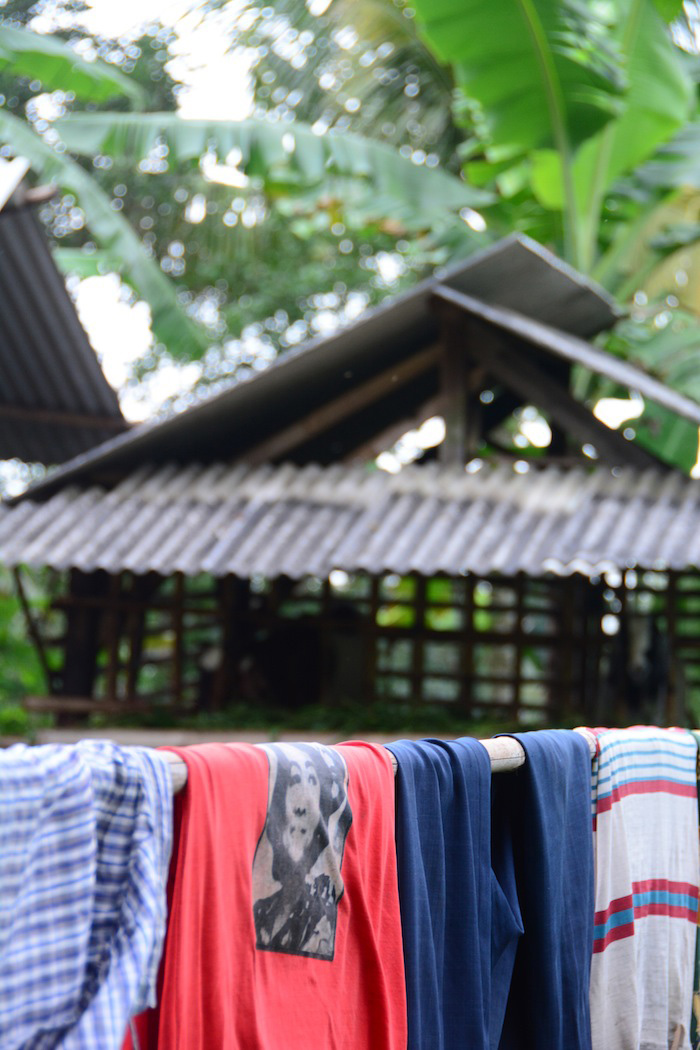
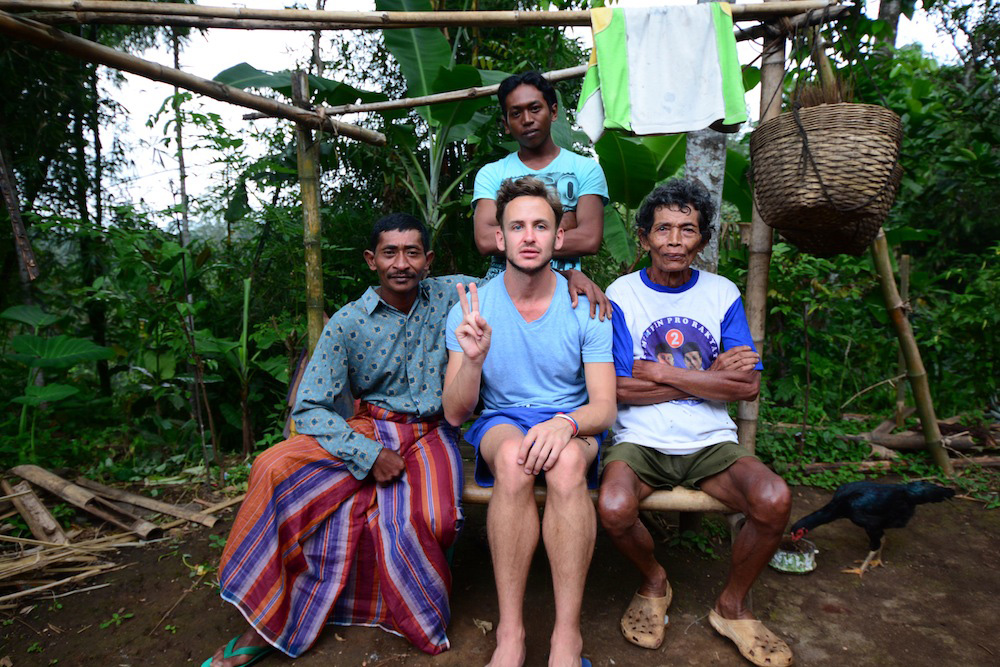
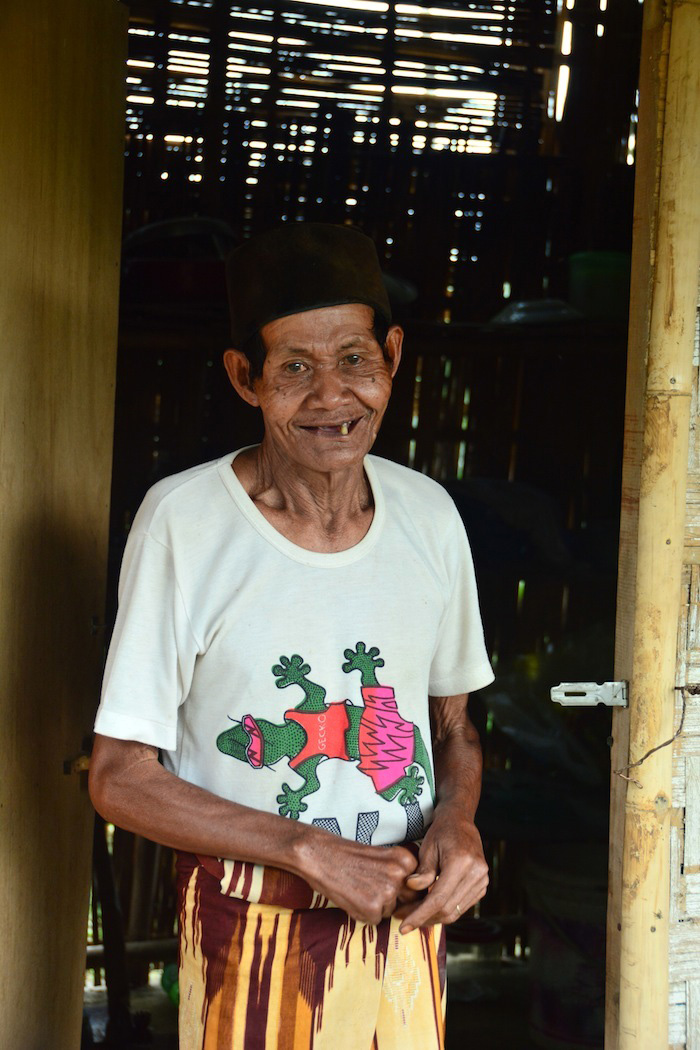
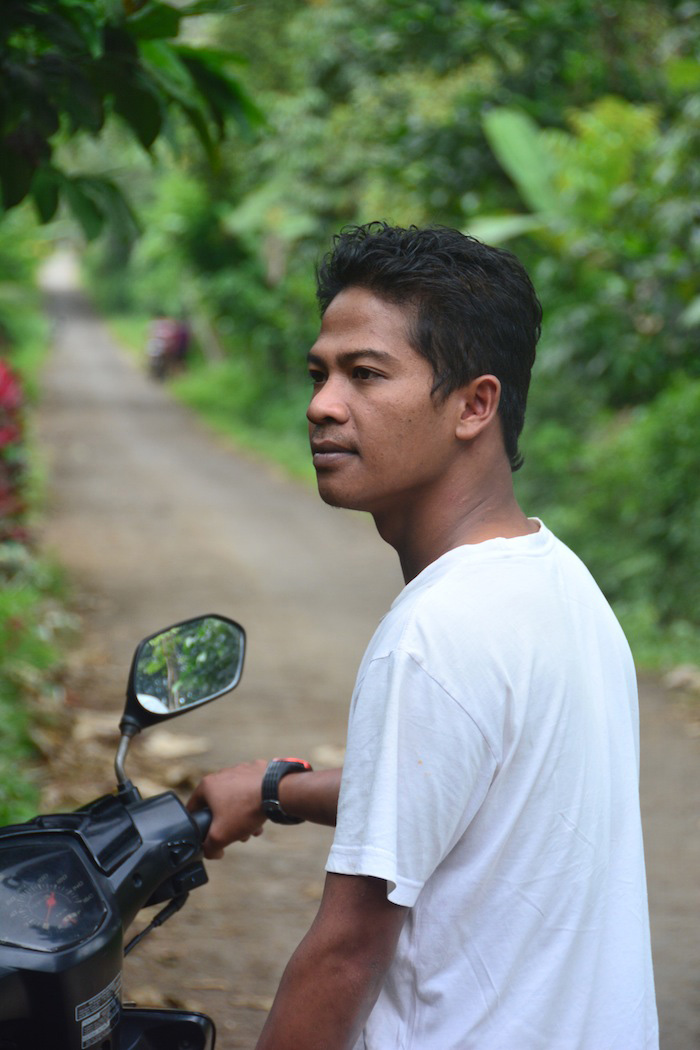
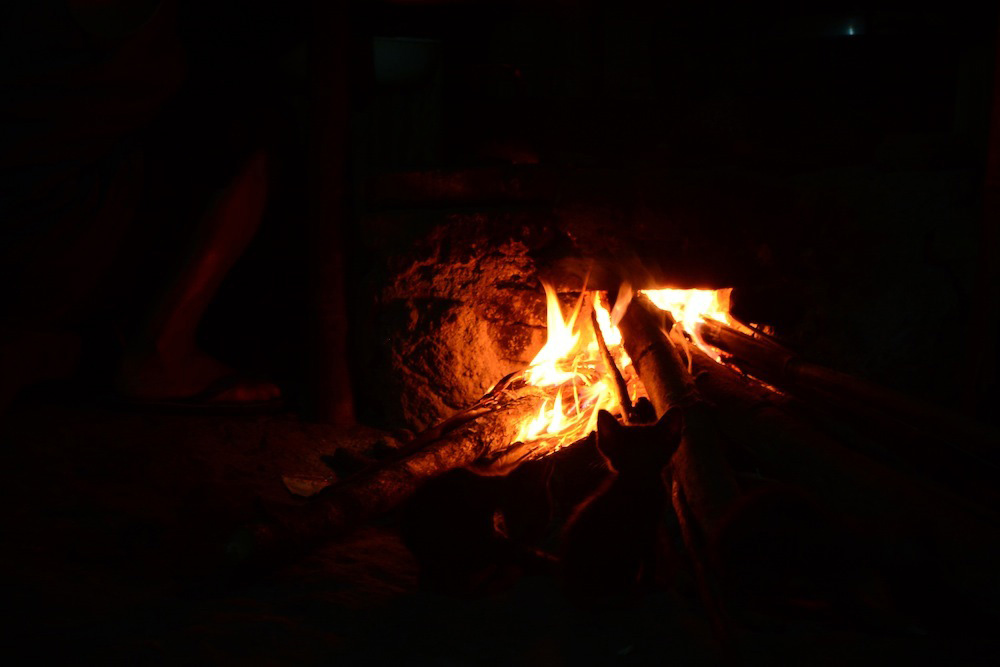
Over the course of several hours, from just before lunchtime to just after sunset, I oscillated no less than a dozen times between the widest smile that has ever graced my face and gushing cascades of tears. From being cordially invited into the homes of sulfur miners I’d photographed earlier in the day, to meeting a man who was so old he’d forgotten his age, to enjoying dinner with Sam’s very own family, I don’t think I have ever felt so immediately welcome anywhere – not even my own home.
To be sure, the profound light emanating from Taman Sari is the perfect foil to the darkness that surrounds the plight of Kawah Ijen’s sulfur miners – and the perfect complement to the blue flames that drew me here in the first place. I hate telling people that they “haven’t been to [insert country name here], if [they] don’t do [describe attraction here], so I’ll just finish up saying that I really, really hope you make it to Kawah Ijen if you come to Indonesia.
How to Get to Kawah Ijen
Kawah Ijen, which literally translates to “Ijen Crater,” is located in far eastern Java island. To reach Ijen, take the train from Yogyakarta or Surabaya to Karangasem station or, alternatively, the ferry from Bali to Ketapang. Due to the danger involved in entering the crater, hiring a guide is highly advisable. Entrance to the park costs Rp. 15,000 as of February 2014, which does not include a Rp. 30,000 camera fee.
I recommend Sam Kawah Ijen, whom I mentioned in this article, not only because his rates are fair and his service is great, but because he is a lifelong member of nearby local community Taman Sari, to whose betterment he dedicates a portion of his business proceeds.

Robert Schrader is a travel writer and photographer who’s been roaming the world independently since 2005, writing for publications such as “CNNGo” and “Shanghaiist” along the way. His blog, Leave Your Daily Hell, provides a mix of travel advice, destination guides and personal essays covering the more esoteric aspects of life as a traveler.








